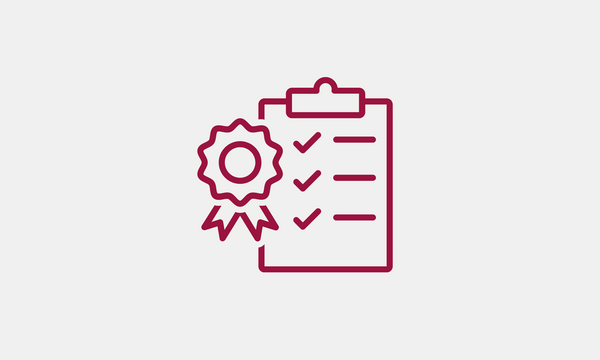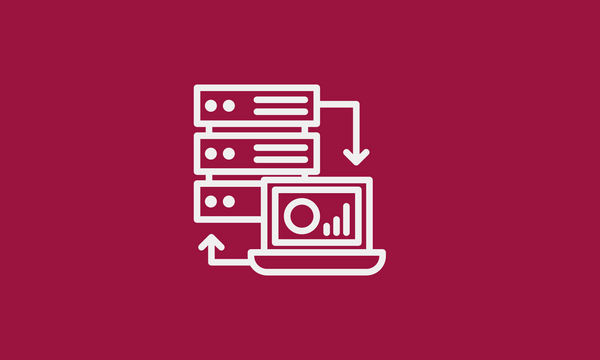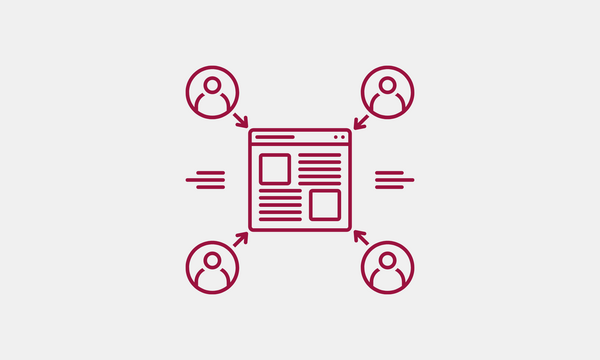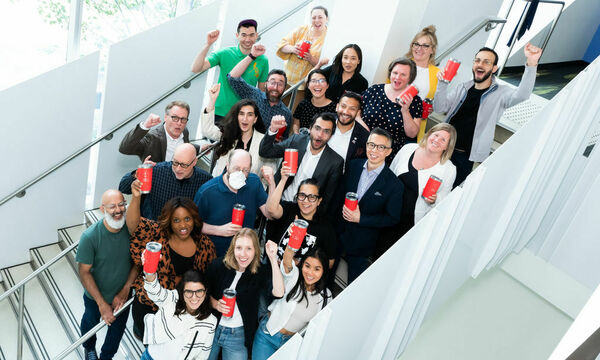Coding against chronic disease

Glennys Egan
September 23, 2019

The Public Health Agency of Canada (PHAC), the Centre for Chronic Disease Prevention and Health Equity is funding organizations to help Canadians eat healthier, move more, and stop smoking. More than thirty projects are underway across the country through the Multi-Sectoral Partnerships to Promote Healthy Living and Prevent Chronic Disease (MSP) program, which brings together a broad range of stakeholders to collaborate on interventions like helping adolescent girls to be active and feel good about their bodies, bringing innovative play spaces to suburbs, and educating communities on food literacy while strengthening local food systems.
Our fellowship team — Adam, Glennys, and Rosemarie — have teamed up with the folks at PHAC to look at how to improve the service design of the MSP program. By modernizing the tools used to facilitate the development of funding partnerships, we have the opportunity to improve the effectiveness of the program, ultimately helping more Canadians live longer, healthier lives. Given the prevalence of chronic disease in Canada — three in five Canadians over the age of twenty live with a chronic disease, while major chronic diseases account for more than two thirds of deaths per year — the impact our project could have is no joke.
Putting the ‘Fun’ in Funding Application
The MSP program funds exciting, innovative work related to chronic disease prevention. Yet, the processes used to apply for and administer this funding are largely paper based, and don’t yet take advantage of the opportunities that digital tools can bring.
Currently, the MSP program’s application process can be time consuming for both applicants and staff. Program requirements are sometimes confusing for applicants, leading to communication loops to clarify basic information. Requests to access application materials are managed through a general mailbox, and staff rely primarily on email communication and Word documents to collect project and organizational information.
For a variety of reasons, the staged application process can take up to two years for completion and approval of funding, and staff spend a significant amount of time processing applications that may not end up receiving funds.
Overall, we believe there’s real potential to optimize the process and save a lot of back-and-forth for everyone involved. And by making the application process more user friendly, it’s possible that the MSP program could fund not only more — but also better — health interventions.
That’s why we’re excited to be working with the awesome folks at PHAC to improve the applicant experience — which we hope will broaden the range of potential applicants we reach, boost the quality of applications received, and reduce the potential administrative burden not just for applicants, but also program staff so that they can focus on supporting organizations to achieve excellent health outcomes for Canadians.
Building Bridges as we Learn
What has this looked like so far? Mostly, a lot of exploration, discovery and building of bridges. Much of our time has been focused on surfacing constraints and opportunities by conducting user, business and technical research. At the same time, we’ve been socializing new ways of working throughout the Agency and growing a network of support for our project.

During our user research phase, we dedicated a lot of time and energy to identify organizations across geographies and demographics to help us determine not only how to make the process better for current applicants, but how we can actually encourage a broader range of applicants to apply.
Our research phase has included nearly 20 hours of in-depth interviews with organizations across the country — funded MSP program partners, rejected applicants, and potential applicants who have never applied — to better understand their needs when identifying and applying for funding opportunities. We’ve also conducted several user interviews and co-design workshops with MSP program staff and executive members, who are a key user group as the folks who adjudicate, approve and monitor the implementation of funding partnerships.
Our research phase has included nearly 20 hours of in-depth interviews with organizations across the country — funded MSP program partners, rejected applicants, and potential applicants who have never applied — to better understand their needs when identifying and applying for funding opportunities. We’ve also conducted several user interviews and co-design workshops with MSP program staff and executive members, who are a key user group as the folks who adjudicate, approve and monitor the implementation of funding partnerships.
Through business research, we’ve mapped out the internal policy requirements that frame our problem space and how they present both opportunities and constraints. Of course, since we’re talking about dispersing public funds, Grants and Contributions programs are governed carefully and we need to know what we can (and can’t) change.
Finally, we’ve been conducting research to gain an understanding of the current technology environment, as well as what new directions are desired — that way, we can build something compatible and sustainable, while moving the yardstick forward. We’ve been surprised to find that technical research has been our most difficult challenge so far. There is a lot of excitement about our project, but it presents a new way of working for many of the folks at PHAC. Working in a more collaborative, agile, user-focused way requires breaking down silos and navigating processes that aren’t set up to facilitate this type of collaboration. Luckily, we’ve got a great network of supporters of our project who are helping us build bridges between business and IT, to make sure we work together towards our best outcome.
Indeed, building bridges has been a common theme of our work at PHAC so far. If there’s one thing that’s apparent to us, it’s that there is a lot of desire to share knowledge and collaborate within government, but not always the time, capacity, or processes in place to facilitate it! That’s why we’re excited by the opportunities for sharing and collaboration that we’ve already surfaced, including connections with government departments doing similar work, creating more intentional ways of integrating SGBA+ analysisinto the MSP program, and more!

So, what’s next?
So far, our insights are suggesting there’s a lot of value in focusing on the early-stage engagement of organizations: how might we better communicate and find alignment on the objectives and requirements of the program, so that we surface the best ideas early on in the process?

Based on our research, many of the potential opportunities for improvement come at this stage. We know that staff spend a lot of time in the early phases helping organizations understand program requirements and how they can craft their projects to meet them. Further, staff spend a significant amount of time processing Letters of Intent — the first stage of the application process. We are starting to see that if we address these early stages of the process, we could potentially cut down on the time and energy spent on applications by both main user groups.
The trick will be to leverage digital to do this without losing parts of the application process that folks really value, like the one-on-one conversations with PHAC staff that help to build strong relationships.
Keep your eyes on our blog to learn more about the insights and product recommendations we will deliver in early October, which will guide the development of our product roadmap. In our upcoming sprints, we’ll be conducting more co-design workshops with MSP program staff and building out prototypes to begin testing. And of course, we’ll continue sharing our work and pushing for a culture of collaboration!
The Code for Canada fellowship embeds technology professionals into government, where they work alongside public servants to build great digital services. To learn more about becoming a fellow, or hosting a team of fellows in your department, visit codefor.ca/fellowship.










